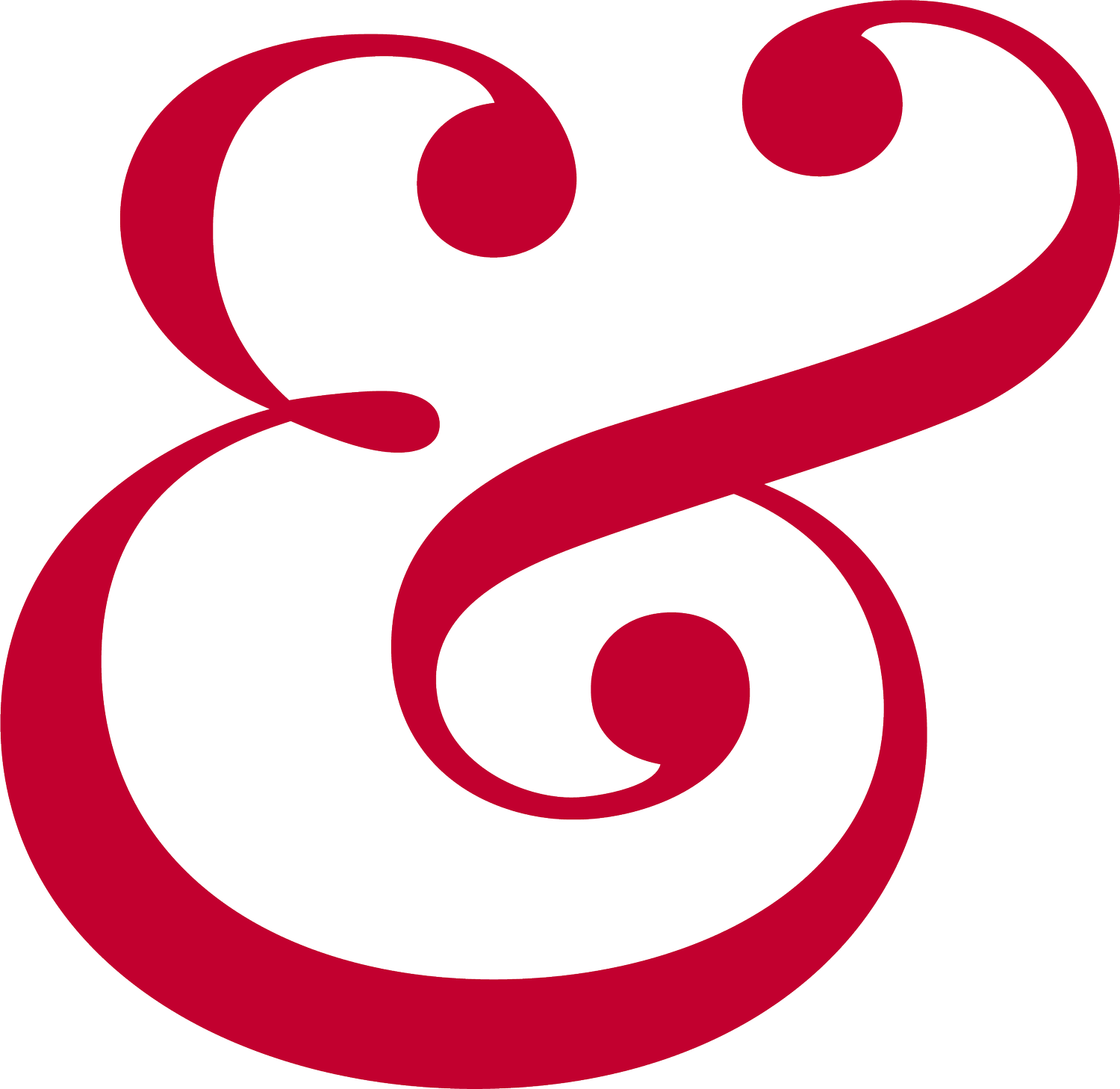Made you look
Designing Brand Identity, some may argue, is a discipline in itself within Graphic Design. In his cult-book “The Brand Gap”, Marty Neumeier argues that “Brand will become the most powerful strategic tool since the spreadsheet”, and since his book was first published in 2003, this premonition turned out to be true. Let’s indulge ourselves in talking about what Brand is, and why you’re wrong if you think it’s just something nice to look at.
In conceptual art, we are taught that function follows form. In design, some say form follows function. The latter is definitely incorrect. Form follows function, and function follows Impact. As a designer, your primary job is to make sure what you do will accomplish the desired impact. In the case of branding, there are a couple of basic touch points to consider.
Ideally, you should stand out in a densely crowded marketplace. This is why referencing your competition is always, without fault, a bad move. You should care what they do, but only to make sure you don’t emulate them in any way, and what you do is better. As we live mostly in a digital world, our navigation techniques are shaped by it. Think of a department store as a website. The user/customer needs clear and simple visual aids and in-your-face information to know which direction, which store, which product and which service is right for them. This is why visual clutter is such a killer. Due to the abundance of it in ads, creating simple and impactful design is almost a revolutionary act.
It’s not enough to stand out though, you need to connect emotionally with your customers. Brand Identity should be tangible, something that appeals to all senses. You should be able to see it, touch it, hold it and hear it. It should fuel recognition, amplify differentiation amongst competitive markets and make big ideas and meanings accessible.
“Emotions are universal, yet we experience them as highly personal.”
Design differentiates and embodies all these intangibles – emotion, context and essence – that matter most to consumers. We in advertising have the privilege to use universal emotional triggers that can set off an entire array of feelings, which can build up a lifelong relationship with our customers. In order for this to happen, beyond smart and well-crafted advertising, much like in any relationship, you need to become irreplaceable.
It’s not enough to stand out though, you need to connect emotionally with your customers. Brand Identity should be tangible, something that appeals to all senses. You should be able to see it, touch it, hold it and hear it. It should fuel recognition, amplify differentiation amongst competitive markets and make big ideas and meanings accessible.
Your Brand is your biggest leverage in business and a global currency of success. Becoming a household name is what every brand wants, yet very few actually get there. Your brand is not what you say it is. It’s what they say it is. You can preach about corporate values and product perks in your powerpoints all you want, the customer needs to know it. Not because you say so. But because it’s true. They need reassurance. Beyond communicating the intrinsic qualities of your product or service, you need to reassure your customers that they’ve made the right choice. If you promise to make them feel a certain way, you should live up to that promise. This is why your product/service is the cornerstone of your Brand, and without it being what you say it is, the most you’ll ever be is something nice to look at. Bells and whistles.
“The intangible value of a brand is often much greater than the corporation’s tangible assets.” (Wally Owens – The Brand Handbook)
This is why you need good strategy that exploits the hidden, underlying value of your business. And this is why that good strategy should stand at the base of a coherent Brand Identity. Chances are, you’ve gone this far without one, and you’re sitting comfortably in La La Land where everybody gets more or less the same sized piece of the cake. You may want a facelift, to get with the times, but disruptive design scares you, you don’t understand it, and to mask your fear, you’re convincing yourself and everyone else that your consumers would not respond to that something else, and as long as you get your piece each year, it doesn’t really matter. Except, you’ll never be a household name. The last two decades have already shown us how industry dinosaurs can be replaced by daring, small-budgeted startups in no longer than a heartbeat. And, believe me, they are hungry for cake.
Noa Kruppa, Art Director

